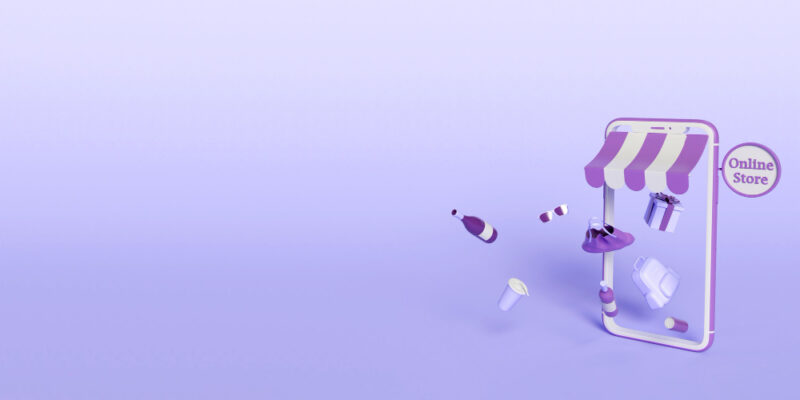Introduction
Shopify, a popular e-commerce platform, empowers businesses to sell products and services online. As a Shopify web developer in Dubai, you play a crucial role in creating high-performing e-commerce stores that captivate audiences and drive conversions. One of the key tools at your disposal is Liquid, Shopify’s templating language. In this comprehensive guide, we’ll dive into the nitty-gritty of Liquid, exploring its features, best practices, and practical tips. Whether you’re a seasoned developer or just starting out, mastering Liquid will enhance your ability to create dynamic and customized Shopify themes.

Certainly! Let’s dive into the world of Liquid, Shopify’s powerful templating language. Liquid plays a crucial role in creating flexible templates for web pages, emails, and more. Here’s a comprehensive overview of Liquid, its core concepts, and some best practices:
What Is Liquid?
Liquid is a lightweight, open-source templating language designed for dynamic content rendering. It was originally created by Shopify and is widely used in their e-commerce platform. Developers use Liquid to build dynamic templates that can adapt to various contexts, such as product pages, collections, blog posts, and transactional emails.
Core Concepts of Liquid:
- Variables:
- Variables allow you to display dynamic content. You enclose them in double curly braces (
{{ }}). - For example,
{{ product.title }}retrieves the title of a product.
- Variables allow you to display dynamic content. You enclose them in double curly braces (
- Filters:
- Filters modify variables by applying transformations. They follow the pipe (
|) symbol. - Example:
{{ product.price | money }}formats the product price as currency.
- Filters modify variables by applying transformations. They follow the pipe (
- Tags:
- Tags perform logic and control flow. They use curly braces with percentage signs (
{% %}). - Common tags include:
{% if condition %} ... {% endif %}: Conditional statements.{% for item in collection %} ... {% endfor %}: Looping through a collection.{% assign variable = value %}: Assigning a value to a variable.
- Tags perform logic and control flow. They use curly braces with percentage signs (
- Objects:
- Objects represent data structures, such as arrays or hashes.
- Example:
{{ product.images[0].src }}retrieves the URL of the first product image.
Tips and Best Practices:
- Clean Code:
- Write readable Liquid code with proper indentation and meaningful comments.
- Well-organized code is easier to maintain and troubleshoot.
- Local Testing:
- Set up a local development environment to test your Liquid templates accurately.
- Use tools like Shopify Theme Kit or a local server.
- Customize Themes:
- Modify layouts, sections, and snippets using Liquid.
- Customize your store’s appearance by editing theme files.
- Responsive Design:
- Ensure your Liquid templates are mobile-friendly.
- Use responsive design techniques to adapt to different screen sizes.
- Explore Filters:
- Take advantage of built-in filters (e.g.,
date,money,truncate) for formatting and sorting. - Create custom filters when needed.
- Take advantage of built-in filters (e.g.,
Remember that Liquid is versatile and allows you to create dynamic and personalized experiences for your users. Whether you’re building an online store or crafting email templates, mastering Liquid will empower you to create compelling and flexible designs. Happy templating
Conclusion
Mastering Shopify Liquid opens doors to endless possibilities. As a web developer in Dubai, you have the tools to create stunning, conversion-driven e-commerce experiences. Dive into Liquid, experiment, and elevate your Shopify game. Happy templating

